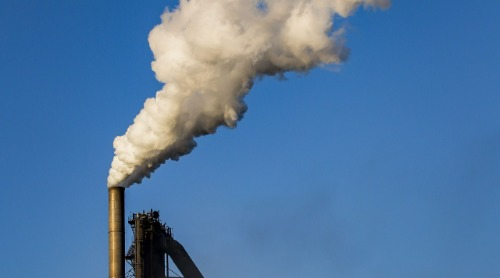THE 4 MOST IMPORTANT SOURCES OF COMPRESSED AIR CONTAMINATION

Compressed air has been utilized as a safe and reliable power source for over 100 years. In fact, approximately 90% of all industrial manufacturing companies rely on compressed air at various stages of operation.
Many manufacturers have turned to compressed air as an economical utility. Unlike gas, water and electric, compressed air does not need to be supplied by an outside source—it can easily be generated on-site by the user. While this makes power generation easier, it also puts the responsibility of air purity and contamination in the hands of manufacturers.
If not managed properly, compressed air systems can suffer quality issues that lead to a lack of performance and system failures. In a recent blog post, Parker discusses the four most common sources of compressed air contamination and what causes them. These include:
1. Ambient Air
Ambient air is the air found outside of the compressor. When an air compressor is in use, it acts as a large vacuum that pulls in the surrounding air. This air often contains water vapor, microorganisms, atmospheric particulate and oil vapor that can be harmful to the compressor system. To avoid contamination, make sure proper filtration methods are set in place.
2. Air Compressor
Contaminants are often unavoidable in compressor systems because certain materials are required for the system to function properly. Liquid oil, liquid water, oil aerosols and water aerosols are often used in air compression and ultimately find pathways into the air chamber. It’s important to be aware of these potential contaminants and limit exposure when possible.
3. Air Receiver
Air receivers are installed to increase the efficiency and reliability of the compressor. However, they also serve as a source of contamination that can lead to chemical reactions and oxidation if not properly maintained. Be sure to provide regular cleanings and preventative maintenance to avoid rust, pipe scale and bacteria from forming.
4. Distribution Piping
Distribution piping transports air from the compressor to various locations around the facility. Similarly to air receivers, distribution pipes can be a major source for contamination that can lead to rust, pipe scale and the growth of bacteria if not properly maintained.
To protect your compressed air systems from contamination, be sure to provide regular preventative maintenance and filtration systems that eliminate harmful contaminants and keep your air safe.
Read the full article here.

